23 April 2020: Home learning
Good evening! This post is ahead of tomorrow morning (23 April) in case you wanted to get started earlier than nine, prepare anything or make sure your learning doesn’t clash with your morning workout!
First, an exciting announcement: next week’s Y6 Hall of Home Learning Fame is going to be upgraded to a video format! Keep emailing Miss Wilson your pictures of what you’ve been getting up to (anything, not just your learning!) so you don’t miss out a chance to star in the video!
Today’s tasks are maths, reading and geography!
Y6 Maths – Yesterday’s answers for working backwards (using the inverse)
Y6 Maths – LO: arithmetic
Hopefully you’ve been keeping on top of your arithmetic skills but let’s see how sharp you are with this arithmetic paper.
**Important note! Q22 should be 645 divided by 43 – the bus stop is missing for some reason! 2 x Golden Tickets to Nayaab for her eagle eyed spot!**
You could complete it as normal, on a 30 minute timer, or if you want to take it steady, take away the timer and do it at your own pace. Remember, check in your CGP books for any hints or tips you may need and you can always email me if you need more help.
b = £4
c = £6
d = £1
e = £8
Today’s learning:
Y5&6 Reading – LO: writer’s choice
Your learning today is all about the writer’s choice of language and the specific vocabulary they use.
First, reread the text we’ve been focusing on this week. Then, click here to answer the questions. **Q2 should read: “Look at paragraph six on page two.”**
But! There’s a twist! Once you’ve worked out the answer to each question, you must then find it in the word search on the page underneath!
Challenge
Choose a synonym that the writer could have used for each question. Even better if you discuss your reasons why with someone at home or prepare your own reasons and write them in your home learning book.
Y5&6 Geography – LO: I know some of the main rivers, mountains and regions in the UK.
Today’s task is a crossword puzzle! Use the clues provided to help you figure out the answers.
If you have access to a map, atlas, globe or can view a map on the internet, this will help, too!
Click here to start the crossword!
*when there is an answer with two words, the space is included.*
Remember to email if you are stuck with anything!
Challenge
Compete with a family member to see how fast you can recite all the answers without saying ERM!
23 April 2020: Home learning
Good morning, Year One!
How lovely is the weather at the moment! What daily exercise have you been doing? I’ve been finding new places to walk in the local area.
I’m also still taking part in PE with Joe Wicks. It’s so fun!
Onto today’s tasks…
Geography
Someone who studies geography is a geographer! Your task as a geographer is to remind yourself of the four countries of the UK and their capital cities.
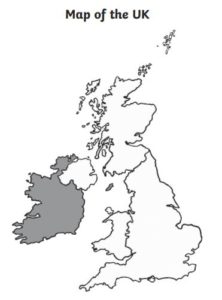
Follow the link below to help you with today’s task:
https://www.bbc.co.uk/bitesize/articles/zdq6t39
Reading
Read the instructions about how to make a healthy Greek salad. Answer the questions in your home learning book.

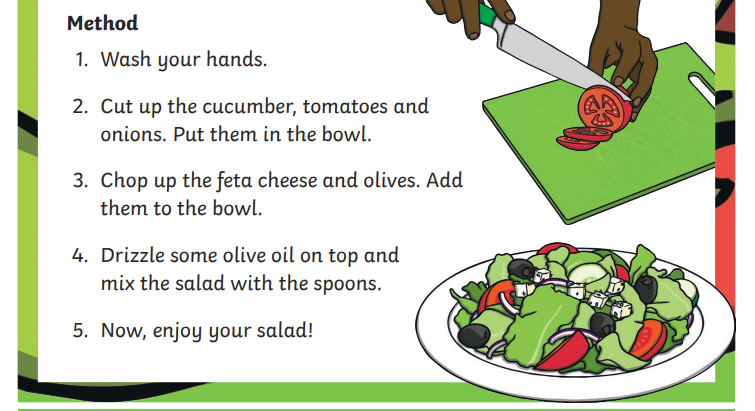
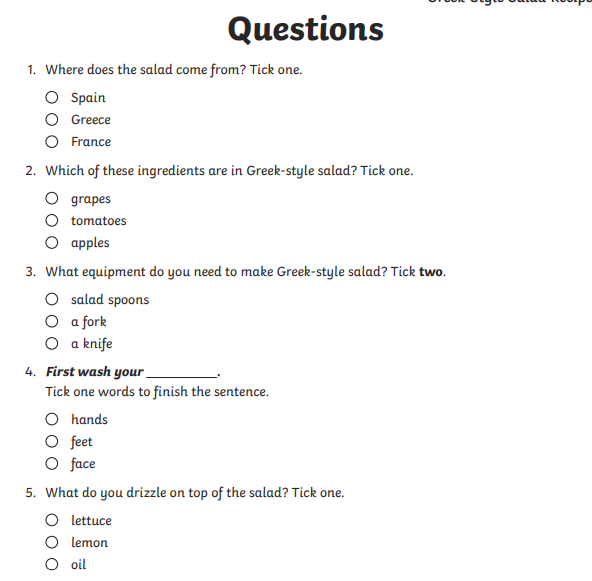
Challenge:
Follow the recipe to make a Greek salad.
Maths
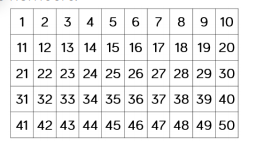
Your first task today is to complete the sentences below using the phrases:
- more than
- less than
- equal to
Use the 50 square to help
21 is _____________ 27
20 is _____________ 19
34 is _____________ 34
41 is _____________ 38
Now, use equality symbols to compare the numbers below.
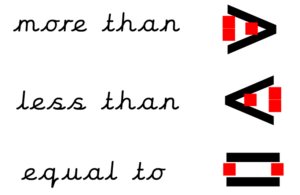
23 ___ 29
37 ___ 21
40 ___ 4
31 ___ thirty one
forty nine ___ 39
30 ___ forty
Challenge:
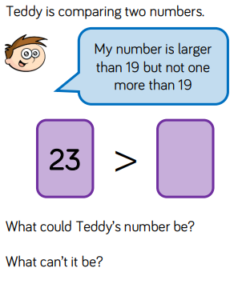
22 April 2020: Home learning
Morning everyone!
Hope you’ve registered your lunch choice with your adult (the veg option looks tasty) and have remembered your PE kit – Wednesdays are PE days!
Let’s get started!
Y6 Maths – LO: solving puzzles
Today, we’re practising working backwards and using the inverse to solve I’m thinking of a number puzzles – you’ve done lots of these at school, especially with Miss K! For example:
I’m thinking of a number. If you add four to it, then divide it by three, you get twelve.
Starting with my end number of twelve, we’ve got to work backwards and use the inverse so instead of dividing by three, I multiply twelve by three to get 36. Next, still working backwards, instead of adding four, I take away four. 36 – 4 = 32. The number I was thinking of was 32!
Click here for today’s questions and to see if you can work out the joke that’s hidden in the picture on there!
Challenge
Design some of your own similar questions. If you email them to us, we can choose some for everyone to complete next week! #HoHLF
Y5 Maths – Y5 Maths – LO: solving puzzles

Y5&6 Reading – LO: inference
Skim over the text from Monday and Tuesday to remind yourself about it. All of today’s questions are about this text.
Now, answer the inference questions.
For a challenge, imagine you are Mary and you are trapped in the cave. You don’t have any mobile reception but you manage to log on to the cave next door’s WiFi and so you can send an email. Choose someone to email asking for help. This could be her husband, her sister or her best friend.
PS I’m aware that if you were on the WiFi you could also send a message or Facetime etc – but an email made for better learning!
22 April 2020: Home learning
Guten Morgen, Jahr Ein!
Anyone know what language that is?
I’ve taught myself a few words from a different language. Have you learnt anything new whilst being in isolation?
If so, please email me and i’ll share it on our Class News page!
Onto today’s tasks…
Writing
In yesterday’s reading task, I asked you to choose a character from a story and write words about them.
For today’s writing task, I want you to put those words into sentences. When writing your sentences, use ‘and’ to join words together.
E.g.
George is kind and caring.
He is friendly and helpful.
George is thoughtful and selfless.
He is big and tall.
Remember to use:
- Capital letters
- Finger spaces
- Full stops
Maths
Today’s task is about partitioning a number into tens and ones.
It is important to understand how a number is made up of tens and ones, e.g. 34 = 3 tens and 4 ones.
Look at the examples below:
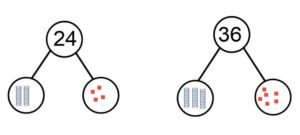
Complete the part-part whole models below by drawing how many tens and ones each number has.
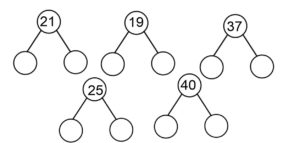
Now, complete the sentences below.
12 has _____ ten and ___ ones.
29 has _____ tens and ___ ones.
30 has _____ tens and ___ ones.
49 has _____ tens and ___ ones.
Reading
Today’s reading task is a RIC.
R – Retrieval
I – Interpret
C – Choice
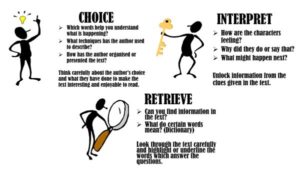
Read the text below and answer the questions
My name is Sienna and I am six years old. My favourite thing at school is PE because I love running around outside.
My favourite food is anything sweet. I love cakes , chocolate and fruit. When it is hot and sunny, I love eating ice cream.
I saw some chocolate breakfast cereal in the supermarket and my mum let me get some. Now, I can even eat chocolate for breakfast!
What don’t I like? Anything with bits in!
Questions:
Retrieve: What is Sienna’s favourite thing at school?
Retrieve: Name two things Sienna likes to eat?
Retrieve: What doesn’t Sienna like?
Interpret: Do you think Sienna has a healthy diet and why?
Choice: Why does Sienna use an exclamation mark after the sentence, ‘Now I can even eat chocolate for breakfast!’?
Keep up the great learning, Year One!
22 April 2020: Home learning
Good morning everyone!
Here are the answers to the Cats activity.
- How fast can a cat run? up to 30 miles per hour
- True or false? Cats that live indoors are safer than cats that go outside? True
- True or false? A Sphynx cat has lots of fur? False
- What might a cat do if it feels scared? hiss
- A long time ago, who were cats were very special to? ancient people in China and Egypt
Your tasks today are maths, writing and reading.
Task 1
Maths
Use your hundred square if you need to. Do you notice any patterns when you cross 100?
Count in 10s from 30 – 170
Count in tens from 190 – 60
Play ping pong tennis using your 5 times tables. (each person takes it in turns) How fast can you go?
Lesson 2 and 3
LO: To recognise and find a half.
There are 2 lessons on the White Rose site that cover halves. This is the scheme we use in school and the children are very used to it. Over the rest of this week, the children need to complete these two lessons – they don’t have to both be done today.
https://whiterosemaths.com/homelearning/year-2/
Following those lessons, I have provided some challenges to further the children’s understanding of equal parts and halves. Again, spread these out over the week.
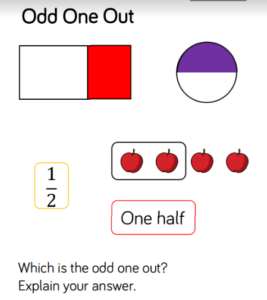
Equal or unequal?
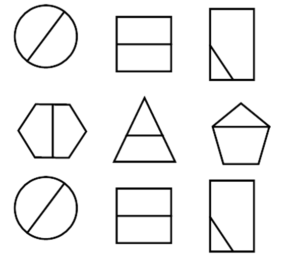
True or false?
All of these are split into equal parts.

Can you draw them and make sure the parts are equal?
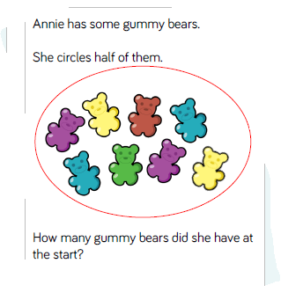
Task 2a
Reread the fluency text for this week. There will be some questions to answer on Friday.
A Helicopter Tour Over London
Welcome aboard this tour of London, the capital city of England. Below us, over eight million people are living and working in one of the most exciting cities in the world. The famous River Thames flows through the city and it is full of slimy eels and oysters. Would you like to try some? Beside the Thames, you can see the tower of London, where the crown jewels are kept, and over in the distance is Buckingham Palace, where the Queen and the rest of the royal family live. Underneath the ground, in London, is a railway network known as the ‘tube’. What a fantastic city this is!
Task 2b
Our Living and Learning statement this week is:
I recognise emotions in myself and others.
Recognising emotions is an important first step in helping us manage our feelings. For example, it’s ok to feel angry, as long as we try to manage it in a way that doesn’t negatively affect other people. It’s great to feel proud as long as it doesn’t lead to showing off.
Read the poem below.
There are two activities linked to the poem.
- Talk about favourite words and phrases.
- Can you find a word, in the poem, that follows this week’s spelling rule?
Challenge
Make a list of things that make you feel cheerful, sad, angry, frightened and calm. Why do you think I have coloured some of the emotions? What colours would you choose for frightened and calm?
TAKE A BREAK
Writing
Did you enjoy the beginning of the story?
I wonder if your predictions were correct?
Would you like to hear the rest?
Follow the story using yesterday’s link.
Sit back, relax and listen.
This is what she saw!
Lots of bog babies!
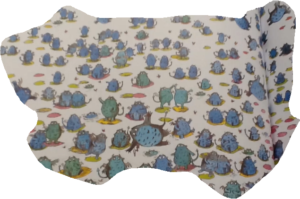
Yesterday, you wrote lots of adjectives about the bog baby.
Today, you are going to write a character description using some of those describing words.
Let’s remember some MUST DOs!
- capital letters
- punctuation at the end of a sentence
- spaces between words
- clear and neat handwriting
I have written a couple of sentences to help you .
The bog baby is light blue.
The creature has small wings.
Challenge
Join two sentences together by using a conjunction.
The bog baby is light blue and he has small wings.
Good work everyone!
21 April 2020: answers
Y6 Maths – LO: solving problems
1)3 Zids and 4 Zods
2) The 5 possible ways of making 140 are:
28 Zids
21 Zids and 5 Zods
14 Zids and 10 Zods
7 Zids and 15 Zods
20 Zods
Reading – LO: retrieval
Click here for the answers.
22 April 2020: Home learning
Howdy!
Here are the answers from yesterday’s learning:
2. Reading – tree poem RIC ANSWERS
Here’s today’s learning:
3. Reading – Beautiful Blossom non-fiction
Chapter Ten Part 2
Hello all,
That Uncle Quentin, eh?! Can’t believe he’s going to sell George’s island.
21 April 2020: Home learning update
Hi everyone!
Here are the photos for today’s learning – for some reason they didn’t show up on the original post; apologies.
Maths – Monday answers
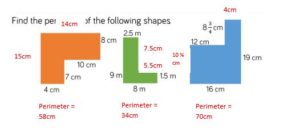

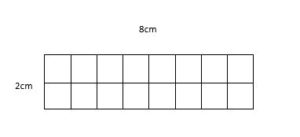



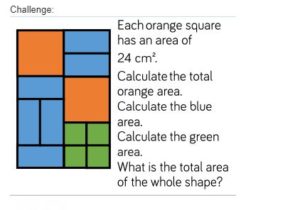

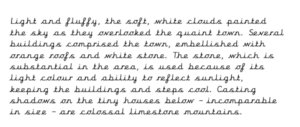
21 April 2020: Home learning
Happy Tuesday, everyone!
Check out the latest edition of the most prestigious awards of 2020 (Y6 Hall of Home Learning Fame) to see if you’ve made the cut!
Today’s tasks are maths, reading and writing.
Y6 Maths – LO: solving puzzles
Today’s maths is a problem solving task that uses times table facts and mental addition.
Click here for the puzzle to get your brain buzzing!
Challenge
How many different solutions can you find?
Y5&6 Reading – LO: retrieval
Today’s learning is all about retrieval.
R2s:
- Identify the key words in the question
- Read the text at least once so you understand
- Scan the text
- Check your answer makes sense
1) Look at paragraph 1. (1 mark)
What two things have been waking Mary recently?
2) According to the text, the previous day had been long and tiring. Why?
Give three reasons. (3 marks)
3) At the end of paragraph 2, Mary mentions two people that she might usually ring for advice. However, she is unable to ring either person. Complete the table below.
| Person | Reason they are unavailable |
| Her best friend, Belinda | |
| In Kent on a business trip. |
4) Look at the third paragraph which begins: As she awoke…
What scratched Mary’s cheek? (1 mark)
5) According to the text, after she hit her head, Mary looked for a landmark in the darkness. She then crouched over and began to move. Is the statement below true or false? Explain your answer. (1 mark)
Mary moved further back into the cave.
6) As she moved, what did Mary choose to do to stay in control and not panic?
Tell me her strategy and one specific example from the text. (2 marks)
7) What injuries did Mary collect on her journey along the cave? (1 mark)
8) Look at the first paragraph of page 2. In the text, it says there was no escape to the left of the cave entrance. Why? Give two reasons. (2 marks)
9) Why were Mary’s hopes dashed? (Tick one) (1 mark)
a) The roof had collapsed and blocked the way.
b) She was exhausted and could not carry on.
c) She did not know which tunnel to choose to escape from the cave.
d) She could see no way out.
10) Look towards the end of the text. When Mary poked her head out into the abyss, she… (1 mark)
a. wondered how high up she was;
b. tried to think of a new plan to get home;
c. thought about which of the many choices for escape she would pick;
d. once more thought about her small number of possible option;
e. day-dreamed about who had won Strictly this week.



